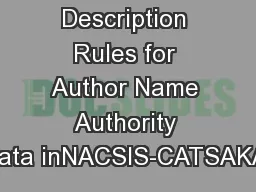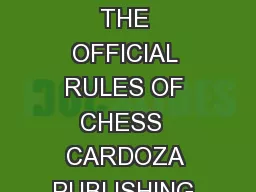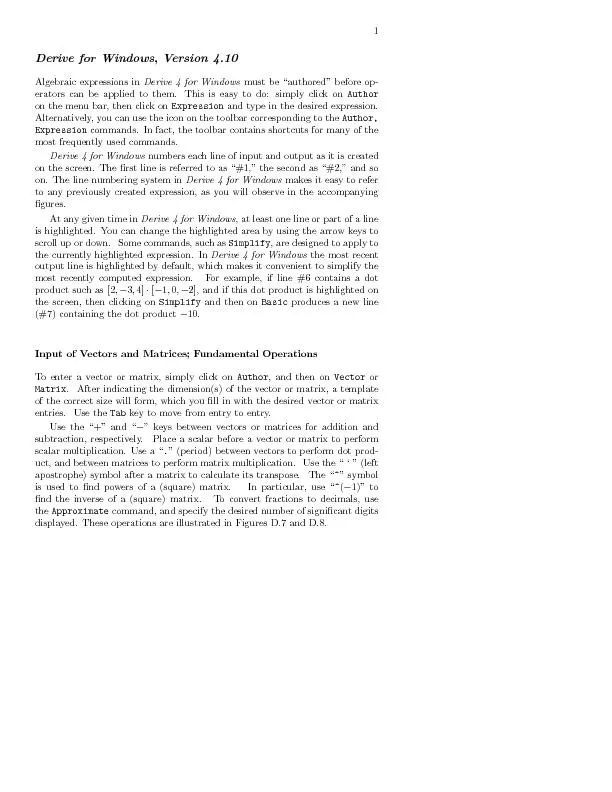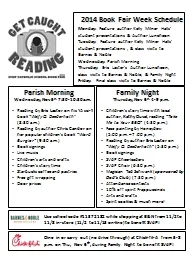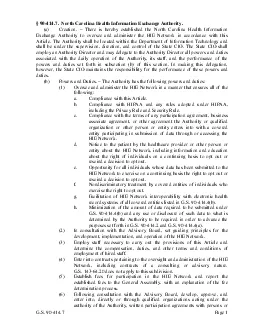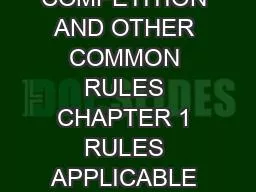PDF-The Description Rules for Author Name Authority Data inNACSIS-CATSAKAI
Author : alexa-scheidler | Published Date : 2017-03-03
1 2 2orporate namemeeting nameJapanese NameIt takes a form of corporate name or meeting name additions of corporate name or meeting name variant reading of corporate
Presentation Embed Code
Download Presentation
Download Presentation The PPT/PDF document "The Description Rules for Author Name Au..." is the property of its rightful owner. Permission is granted to download and print the materials on this website for personal, non-commercial use only, and to display it on your personal computer provided you do not modify the materials and that you retain all copyright notices contained in the materials. By downloading content from our website, you accept the terms of this agreement.
The Description Rules for Author Name Authority Data inNACSIS-CATSAKAI: Transcript
Download Rules Of Document
"The Description Rules for Author Name Authority Data inNACSIS-CATSAKAI"The content belongs to its owner. You may download and print it for personal use, without modification, and keep all copyright notices. By downloading, you agree to these terms.
Related Documents

